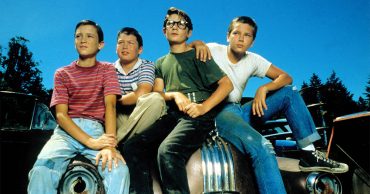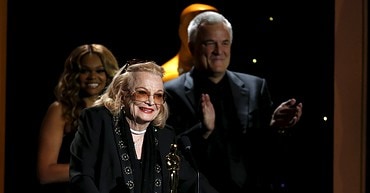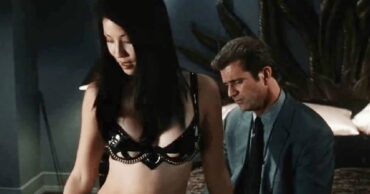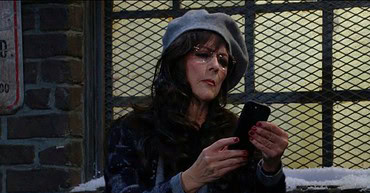Shonda Rhimes, known for the hit series Bridgerton, has now ventured into documentary filmmaking with Black Barbie: A Documentary. This film delves into the significance of the first Black Barbie launched in 1980 and explores its cultural impact. The documentary was written and directed by Lagueria Davis, who skillfully navigates through the trials and triumphs surrounding the introduction of this iconic doll.
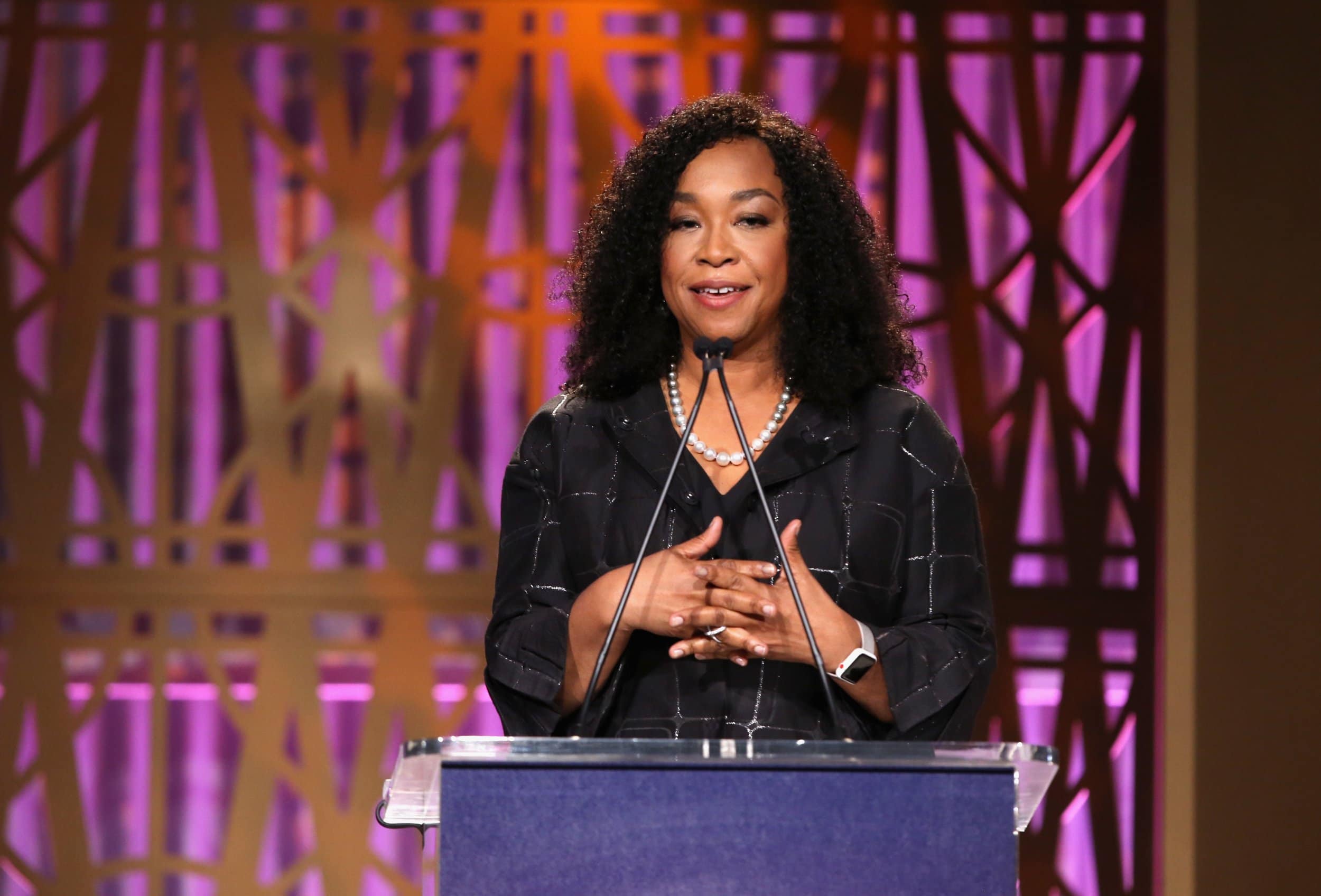
Black Barbie investigates the journey of representation for Black women and girls by showcasing the persistent efforts of Black women advocating for inclusive toys. Davis employs archival footage and interviews to paint a vivid history, intertwined with her personal family story through her aunt, Beulah Mae Mitchell, who spent 45 years at Mattel.
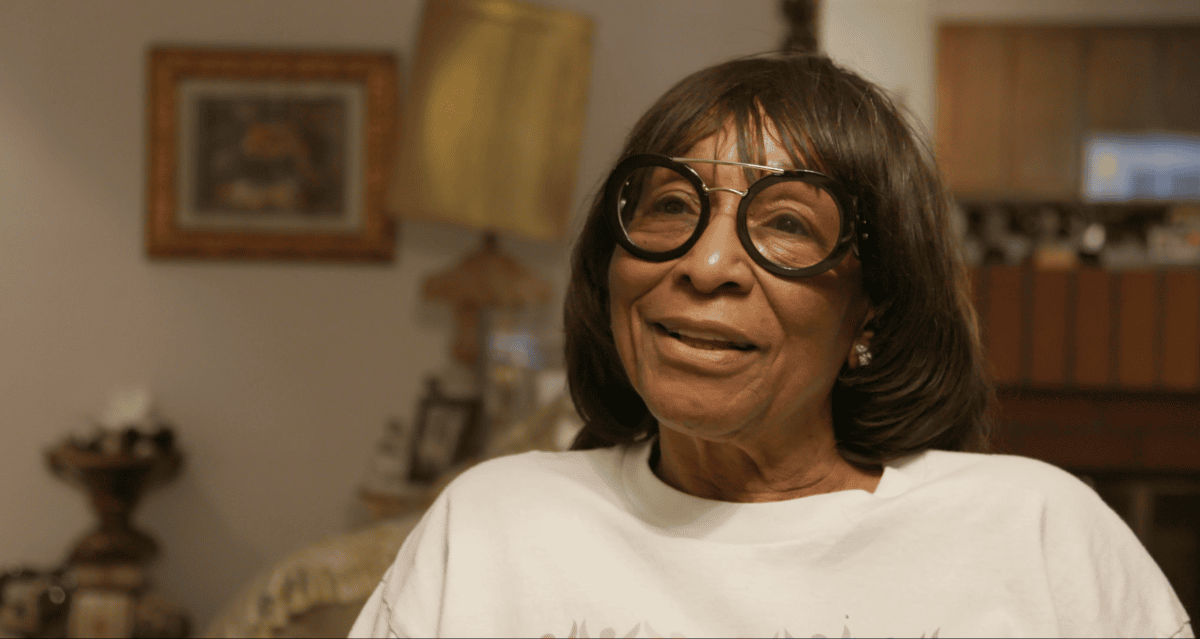
The Importance of a Doll
Davis uses landmark studies, such as Drs. Kenneth and Mamie Clark’s doll tests from the 1940s, to illustrate why a Black Barbie was essential. The tests revealed that segregation adversely affected Black children’s self-esteem, as demonstrated when most children rejected the Black dolls in favor of white ones. Featuring renowned ballerina Misty Copeland
, the documentary dives into how icons like Copeland shape perspectives on beauty and identity for young Black girls.
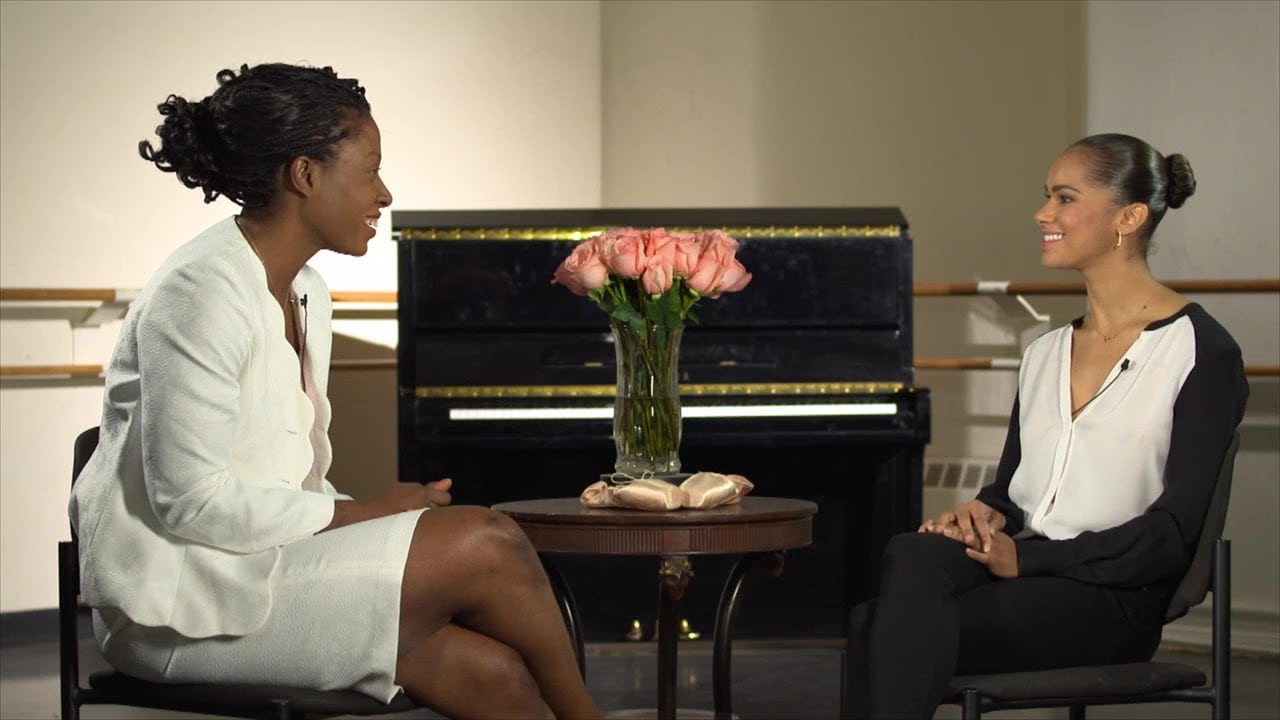
The Role of Mattel Employees
Beulah Mae Mitchell’s suggestion to create a Black Barbie is one of the many enlightening revelations in this film. Her contribution is honored alongside other pioneering Black women at Mattel, such as Kitty Black Perkins, who designed the first Black Barbie doll.
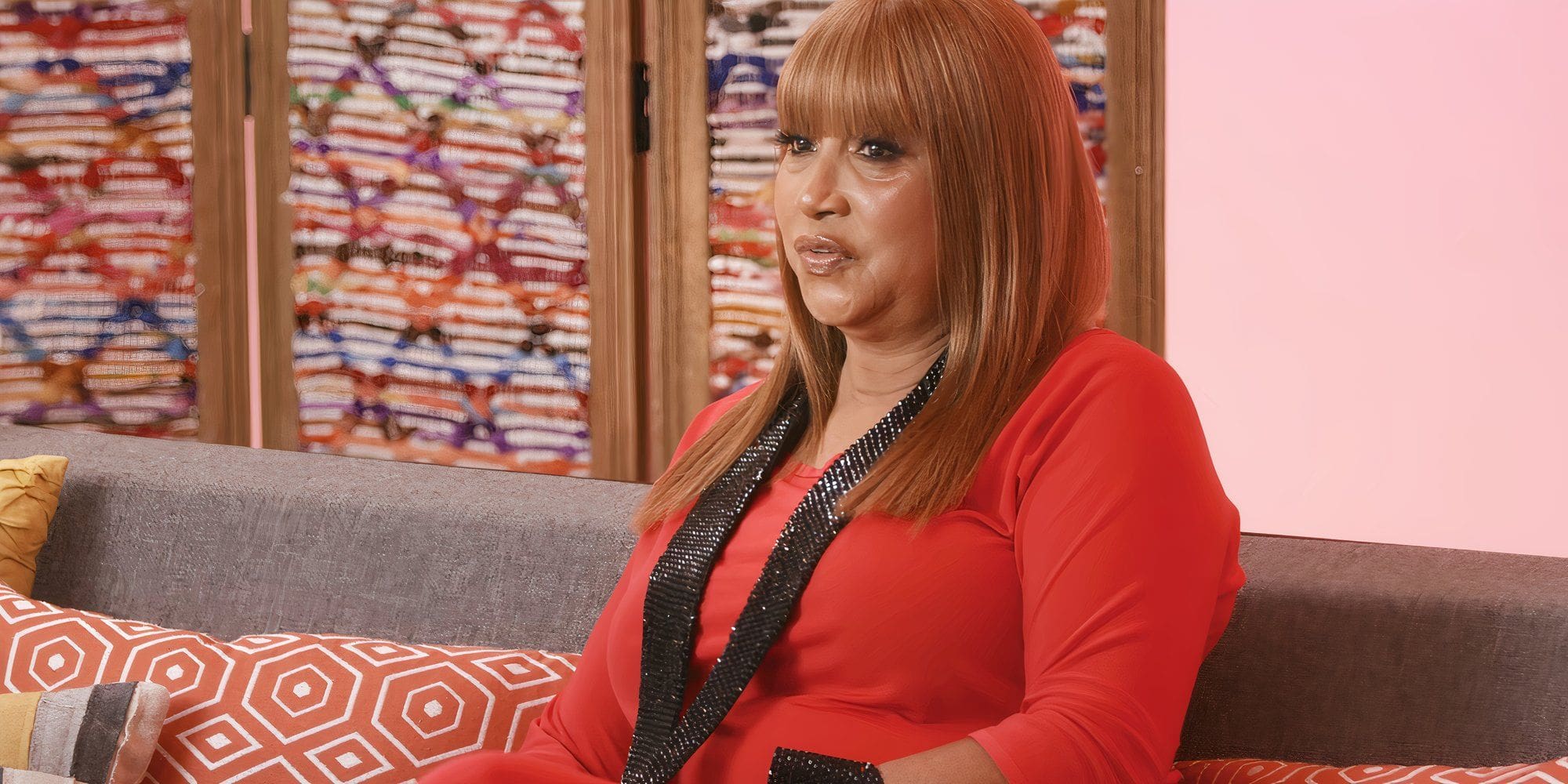
Representation and Its Impact
The film not only examines the creation of the doll but also its broader cultural implications. For decades, girls had dolls that didn’t reflect their own image. When Beulah Mae Mitchell voiced her desire for a Black Barbie, it marked the beginning of an essential change. As she recalls: Crowning this doll as Barbie was telling the world that Black is beautiful too
.
A Personal and Social Journey
Davis structures her documentary into three acts: pre-Black dolls era, the advent of Black dolls, and post-Black Barbie developments. The documentary unfolds as an exploration into how these dolls influenced self-perception among Black girls and how much there is still to address regarding representation.
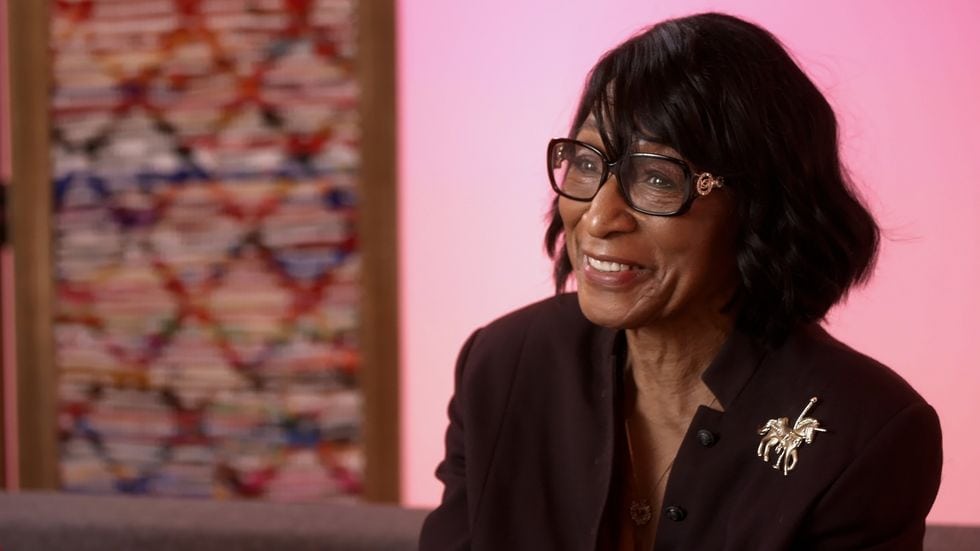
A Powerful Narrative
Misty Copeland’s involvement brings another layer of depth to this narrative. Reflecting on her role in The Nutcracker, she shares: They’re like, ‘We don’t know ballet, this isn’t our world.’
This statement underscores both her journey and that of many others featured in this compelling documentary led by Lagueria Davis.
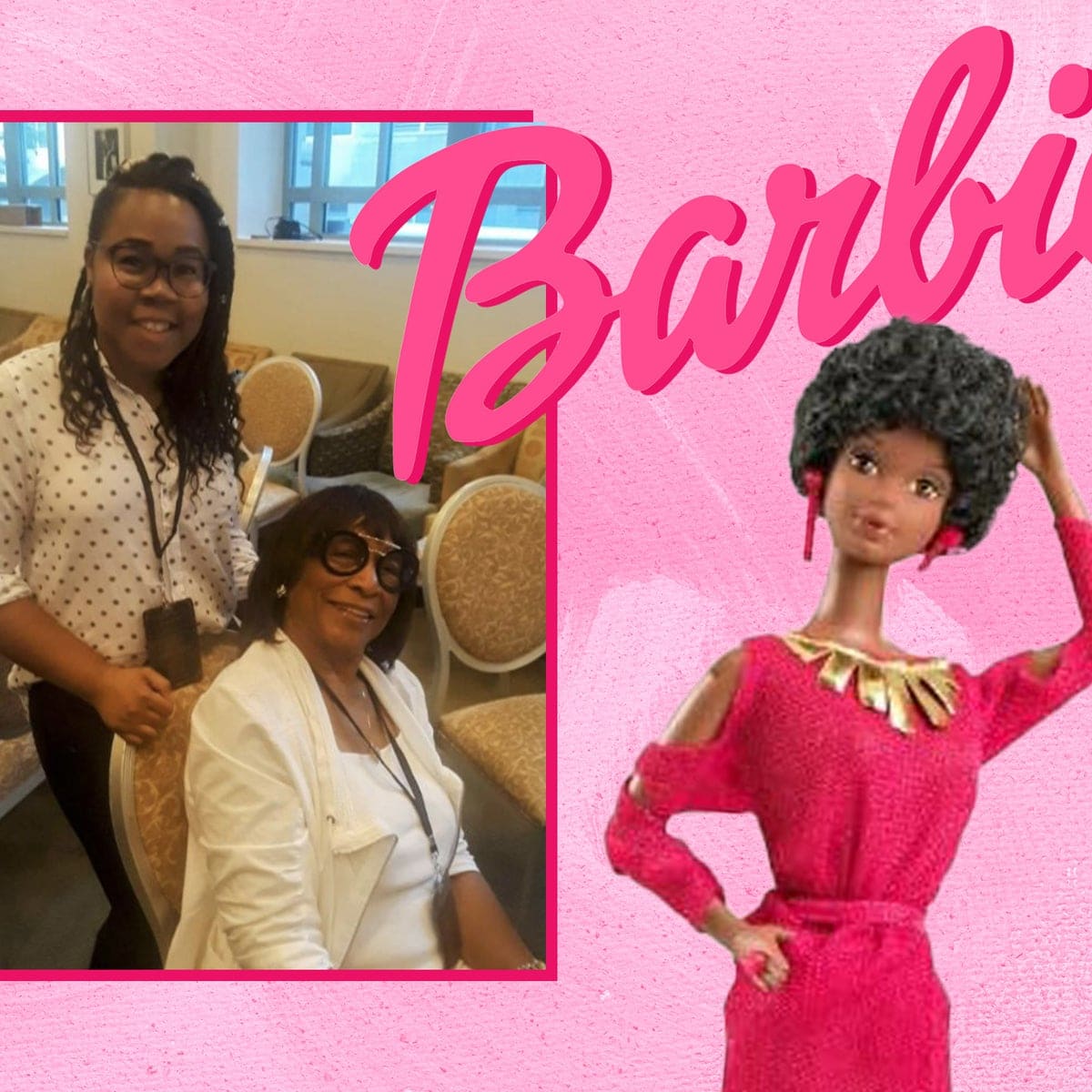
This powerful storytelling effort culminates in asking viewers to ponder over progress made since 1980. Are we still living in a predominantly white Barbie world?
 Follow Us
Follow Us

